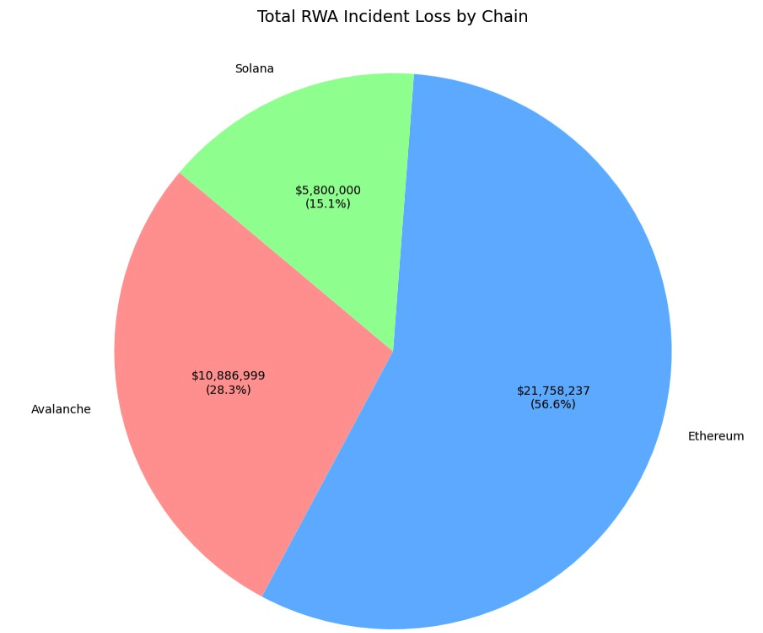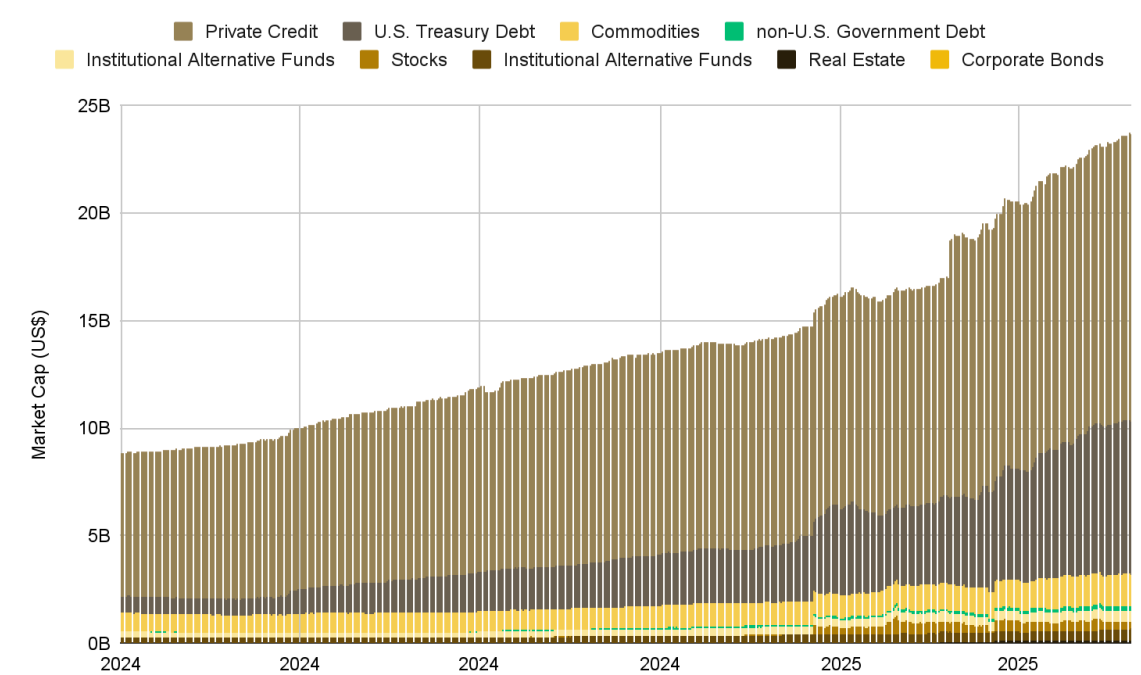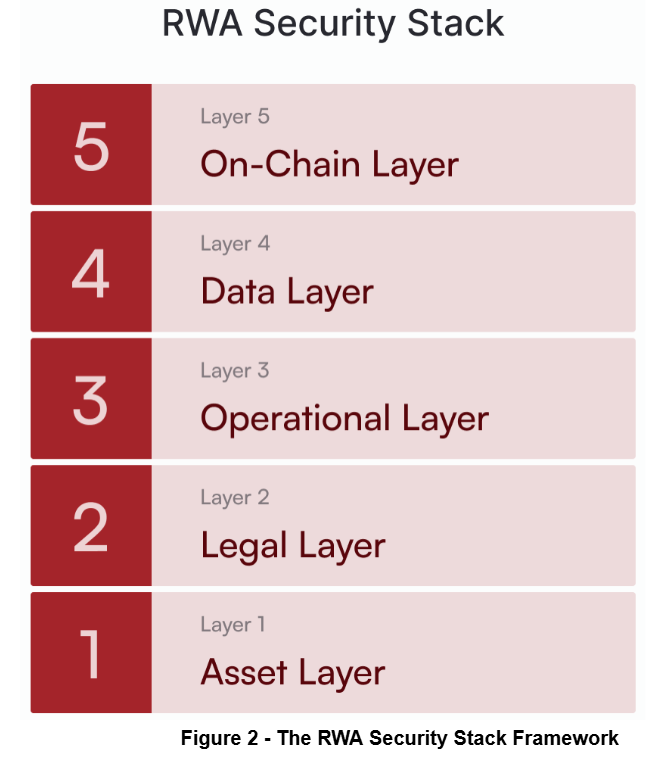RWA tokenization security is the set of hybrid risks that arise when real-world assets are represented on-chain; these risks include oracle manipulation, custodial failures and legal enforceability gaps. Institutional demand and a larger attack surface have driven RWA-specific losses to $14.6M in H1 2025, per CertiK.
-
RWA exploits reached $14.6M in H1 2025, more than double 2024 losses.
-
Tokenized private credit led market growth, comprising roughly 58% of the RWA market.
-
Primary risks: oracle manipulation, custodial/counterparty failure, and fraudulent proof-of-reserves.
RWA tokenization security: Protect institutions from hybrid onchain-offchain threats with actionable controls and expert analysis. Read on for mitigation steps and impact data.
What is RWA tokenization security and why does it matter?
RWA tokenization security refers to the combined onchain and offchain controls, legal safeguards and operational practices that protect tokenized real-world assets. It matters because tokenized assets expand the attack surface: failures can stem from smart contracts, custodians, or legal attestations, increasing institutional counterparty risk.
CertiK reports that RWA-specific exploits totaled $14.6 million in the first half of 2025, up from $6 million in 2024, indicating an evolving threat landscape. Market growth—surging over 260% in H1 2025 to an estimated $23 billion total valuation (Binance Research, Cointelegraph)—has attracted more adversaries.
How are attackers exploiting RWA protocols?
Attackers are shifting tactics to exploit hybrid dependencies. Common attack vectors include:
- Oracle manipulation to distort asset pricing.
- Compromised custodial private keys and operational failures.
- Fraudulent or misleading proof of reserves and weak legal enforceability.
High-profile RWA incidents in 2025 illustrate these vectors: Zoth lost $8.5 million due to a compromised private key and operational failure. Loopscale suffered a $5.8 million loss via oracle price manipulation, later recovering $2.8 million. These cases demonstrate both technical and human-process vulnerabilities.

RWA exploits by blockchain networks. Source: CertiK
When did RWA exploit losses increase and how do they compare year-over-year?
Losses rose sharply in 2025, reflecting both increased market activity and attacker focus. CertiK quantifies this escalation and highlights that many incidents are due to onchain and operational failures rather than purely smart contract bugs.
| Year | RWA Exploit Losses (USD) |
|---|---|
| 2023 | $17.9M |
| 2024 | $6.0M |
| H1 2025 | $14.6M |
These figures come from CertiK’s market security analysis. Parallel market data from Binance Research indicates tokenized private credit held ~58% market share by mid-2025, with tokenized US Treasury debt at ~34%.

RWA market total value, all-time chart. Source: Binance Research
Why do hybrid (onchain/offchain) risks increase attack surface?
Hybrid risks arise because token value depends on offchain assets, custodians, legal frameworks and oracles. Each layer introduces a potential single point of failure:
- Legal enforceability can vary across jurisdictions.
- Custodial or counterparty processes rely on human-operated systems.
- Oracles can be manipulated if poorly designed or centralized.
CertiK explicitly notes that offchain processes bring human and legal factors that transform the RWA threat landscape.

RWA Tokenization Introduces Complex, Hybrid Security Risks. Source: CertiK
How can institutions mitigate RWA tokenization security risks?
Mitigation requires combined technical, operational and legal controls. Best practices include robust oracle design, multi-party custody, comprehensive proof-of-reserves standards, and clear legal agreements tied to jurisdictional enforceability.
What are immediate, actionable steps teams should take?
- Implement multi-signature custody and split key management to remove single points of failure.
- Use decentralized, economic-oracle designs and redundant data feeds.
- Require audited, transparent proof-of-reserves with cryptographic attestations.
- Establish clear legal contracts and jurisdictional enforceability for offchain claims.
- Conduct tabletop operational drills and continuous security audits aligned to CertiK-style assessments.
Frequently Asked Questions
How can proof-of-reserves be strengthened for RWA tokens?
Strengthen proof-of-reserves by combining cryptographic attestations, independent third-party audits, and continuous onchain verifications. Public, auditable commitments plus legal attestations reduce the risk of fraudulent or misleading reserves reporting.
What governance changes help secure tokenized real-world assets?
Introduce multi-stakeholder governance, clear upgrade paths, and operational SLAs. Governance that includes legal counsel, auditors and onchain multisig participants improves accountability and response to incidents.
How should institutions weigh custody options for RWAs?
Prefer multi-party custody with separation of signing and settlement duties. Evaluate custodians for operational controls, insurance, proof-of-reserves transparency, and jurisdictional enforceability before onboarding.
Key Takeaways
- RWA risks are hybrid: Onchain code and offchain processes both matter.
- Losses are rising: $14.6M in H1 2025 signals growing attacker focus.
- Mitigation is multi-layered: Combine decentralized oracles, multisig custody, legal clarity and continuous audits.
Conclusion
Real-world asset tokenization expands institutional opportunity but introduces complex hybrid security risks. By prioritizing robust oracle architectures, multi-party custody, transparent reserves and enforceable legal frameworks, market participants can reduce exposure while enabling growth. COINOTAG will continue tracking developments and security guidance as the RWA sector matures.






